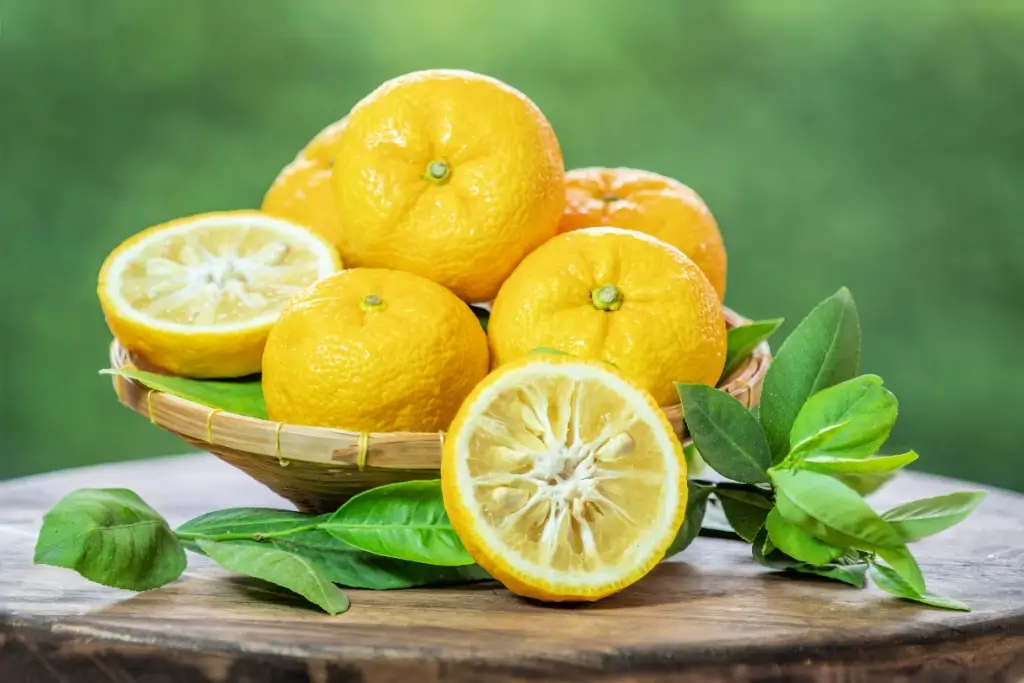Yuzu is an ancient citrus fruit that has been cultivated in Japan for centuries. It contains a higher amount of vitamin C than others in its family, further boosting its health benefits. Its strong, tart flavor has made it an essential ingredient in many Japanese recipes.
Table of Contents
ToggleWhat is yuzu?
Japan has grown this citrus fruit for over 1,000 years and is now becoming popular worldwide. Initially, farmers from China mainly harvested it in Japan’s Kochi Prefecture from October to early winter.
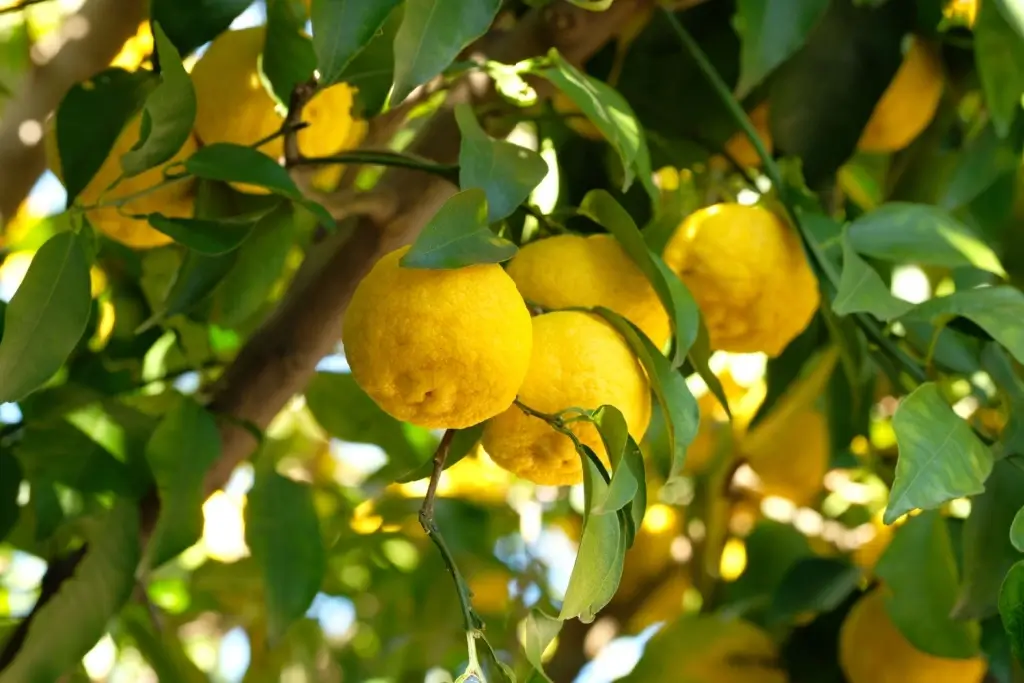
Considered one of the most cold-resistant fruits in its family, yuzu is known for its golden-yellow color and bumpy texture. Large seeds and soft fruit pulp fill the inside. Moreover, its size rarely, if ever, grows larger than a tennis ball. People often liken its flavor to a cross between an orange, grapefruit, and lemon. Because of its highly sour flavor, it is rarely consumed. Instead, it is a flavoring to add a bright touch to many dishes.
Drinks
Yuzu’s naturally strong and acidic flavor makes it a great drink base. People can also use it to make a refreshing, simple syrup. Read more about the different types of drinks:
Yuzu Cha
While originating in Korea, yuzu cha (or tea) is also a popular household drink in Japan. Not only is it bursting with refreshing citrus notes, but it also contains powerful antioxidants and vitamin C. This makes it the perfect tea for colds.
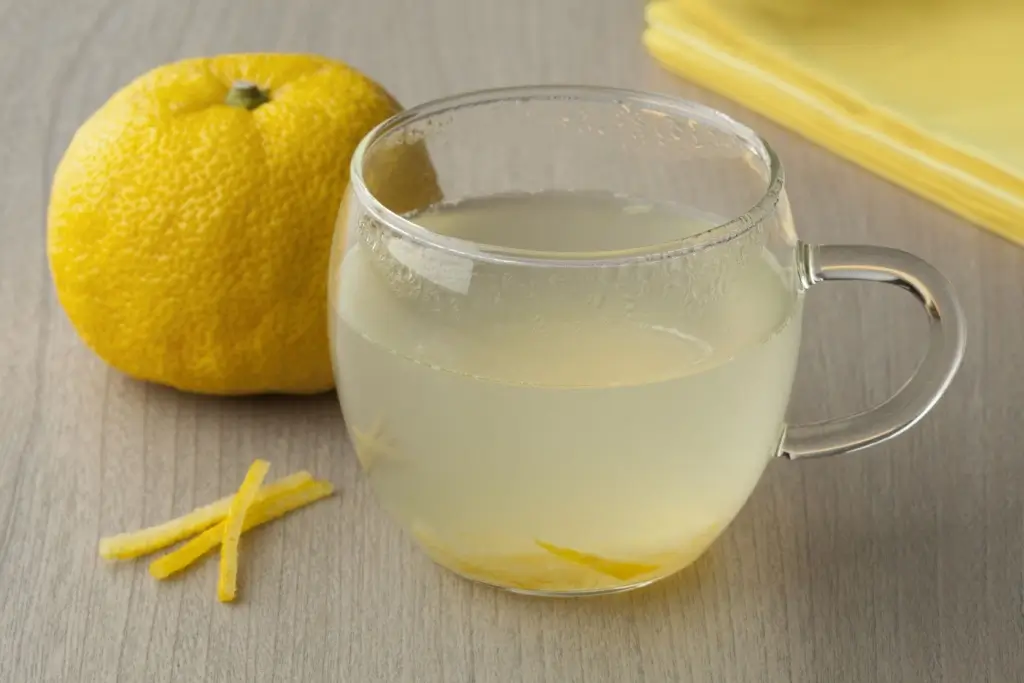
Whenever you want to enjoy yuzu cha, you first need to create a simple syrup. To do this, store the fruit’s peels and layer them with rock sugar for three to four days to bring out the flavor. Afterward, you can make the tea by mixing the syrup in hot water.
Yuzushu
Yuzushu is a Japanese alcoholic beverage made by steeping fruit peels with sugar in sake or shochu to create a zesty and unique drink. Japanese people have enjoyed it for centuries and often feature it at summertime events. Furthermore, tourists can sample it year-round in most izakayas or restaurants.
Soda
For those who prefer a chilled drink without alcohol, this soda is a delicious option. Major brands like Choya offer non-alcoholic yuzu soda. Generally, you can also find many local brands that create syrup in small batches for their soda drinks. In Japan, people often enjoy this refreshing soda in the summertime when the heat is at its peak.
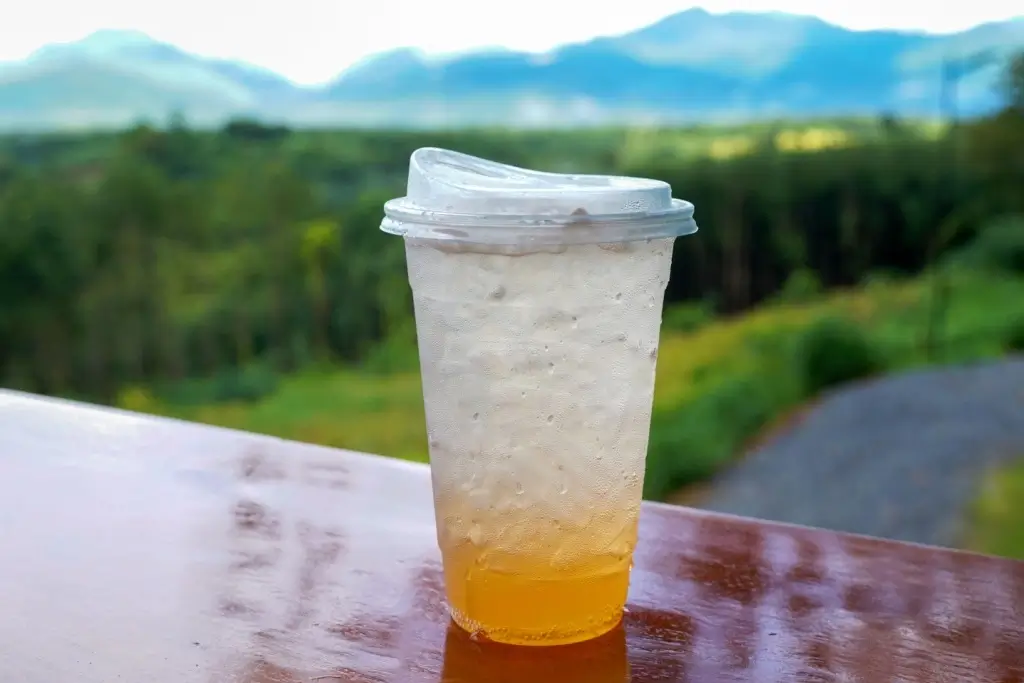
Jams & Sweets
Despite its naturally tart and sour flavor, yuzu is used as the base of several sweets and desserts, just like other citrus fruits.
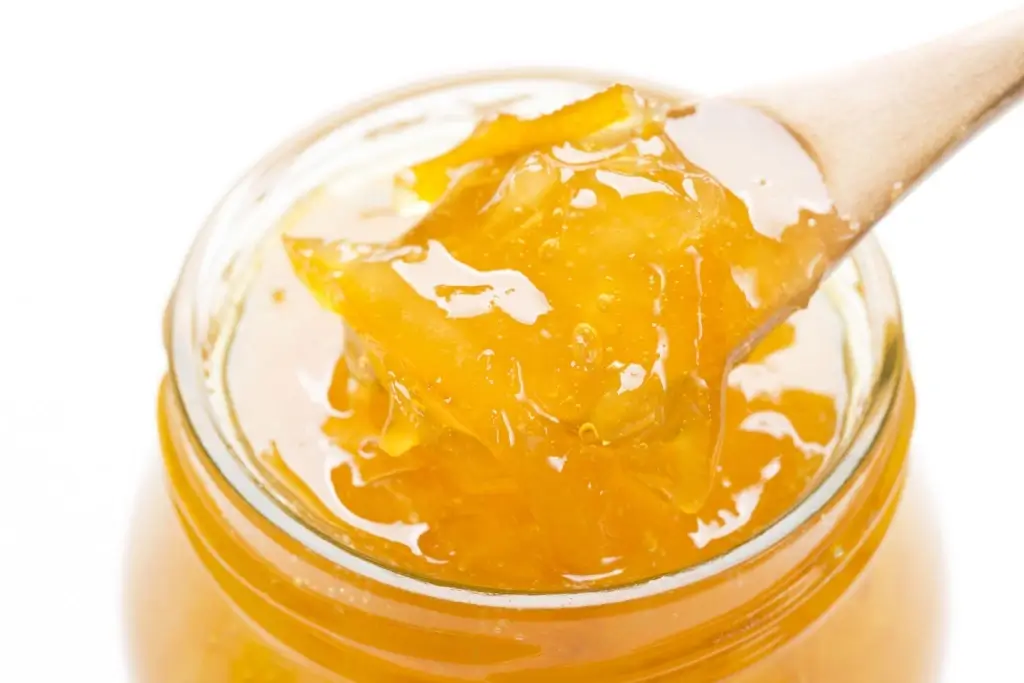
Jams, marmalades, or other fillings are a great start for creating sweets like yuzu ice cream, sorbet, roll cakes, pudding, tarts, pies, and more. Yuzu’s high acidity pairs especially well with dairy-based products because it creates a flavor that’s not too sweet.
Are you looking for yuzu-flavored traditional Japanese snacks? Check out Sakuraco! Every month, Sakuraco delivers delicious Japanese snacks, teas, and sweets from Japan so you may enjoy them at home.
Marinades & Dressings
Why not try a savory recipe instead of enjoying a sweet treat or dessert? One savory way to incorporate yuzu into recipes is in meat marinades or salad dressings. You can create your own marinade by mixing its concentrate with a basic soy sauce, ginger, garlic, mirin, and honey recipe for a citrusy version of teriyaki sauce.
You can also mix it in ponzu (a Japanese citrus vinaigrette made with soy sauce) to marinate beef, pork, fish, chicken, and more. Or you can enjoy ponzu sauce as a dipping sauce for sashimi, or bite-sized pieces of sushi-grade raw fish.
Yuzu Kosho
This Japanese seasoning combines yuzu peels, chili peppers, and salt into a fermented paste. Thanks to the addition of salt in the fermentation process, its flavor is bright and spicy but also well-rounded.
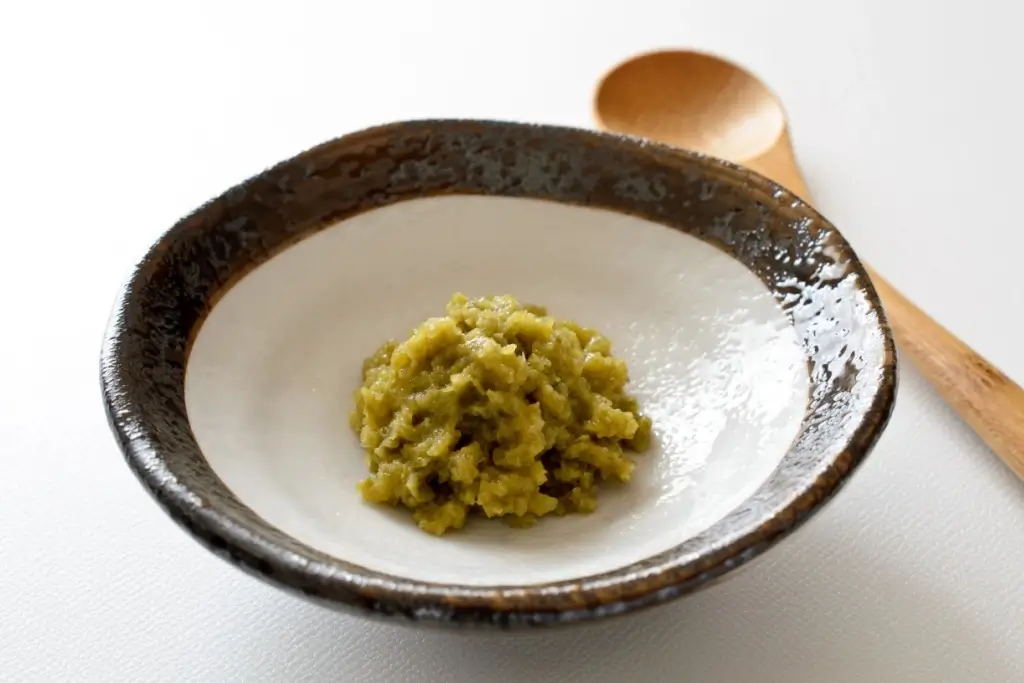
People traditionally use it as a stand-alone condiment in Japanese dishes such as nabemono, sashimi, and yakitori. Mix it into soup broths, other sauces, and more.
Yuzu Baths
People know this traditional fruit not only for its strong, sharp, citrusy flavor but also for its incredible healing properties. Yuzu baths originated in Buddhism, where people believed that soaking in citrus-infused water eliminated impurities, protected against evil spirits, and brought good fortune.

One can create a yuzu bath in various ways. The original way is to add several full yuzu fruits to the hot bath water to add a light citrus scent. Alternatively, you can slice the fruit into smaller pieces and tie it inside a muslin cloth before adding it to the bath water. This allows for a stronger citrus scent and even more health benefits.
Cosmetics & Skincare
Yuzu’s high antioxidants and anti-inflammatory properties have made it a commonly used ingredient in skincare and other cosmetic products. Yuzu boosts collagen, brightens the skin, and increases moisture. Whether it be a shampoo, facial toner, or body cream, the benefits of yuzu in skincare and cosmetics are endless.
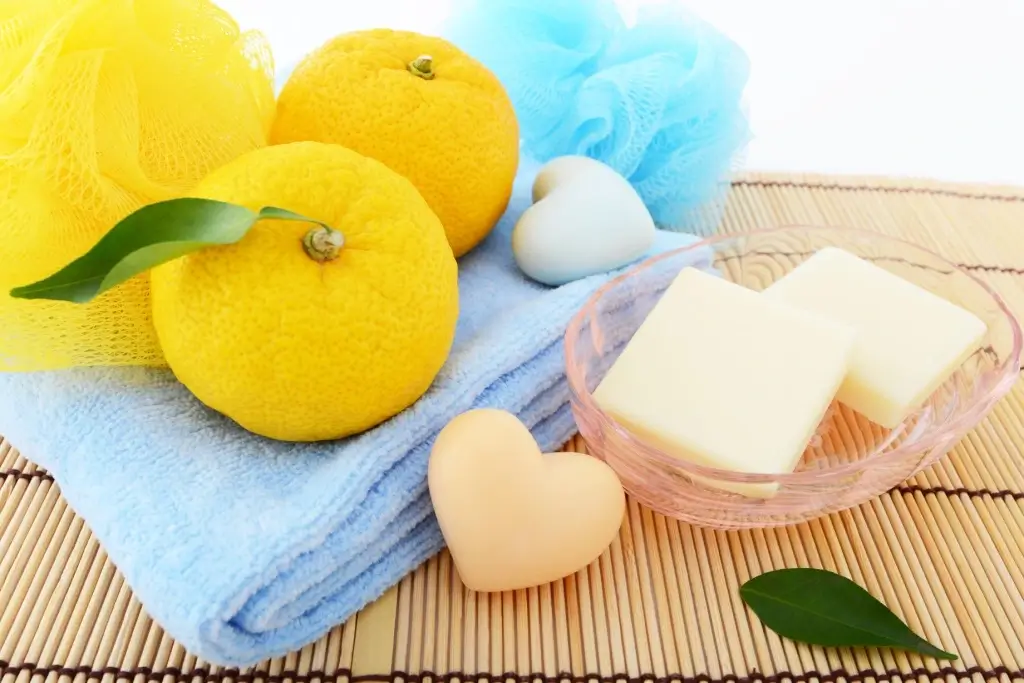
Why should I try Japanese yuzu?
People have used yuzu fruit in Japan for centuries because of its unique flavor and medicinal benefits, including high amounts of vitamin C and antioxidants. You can use the fruit in various ways for cooking, including in drinks, marinades, sweets, and more. Moreover, you can infuse it into baths and skincare products, especially during wintertime, to help you feel and look your best. Which of these products would you try? Let us know in the comments below!


